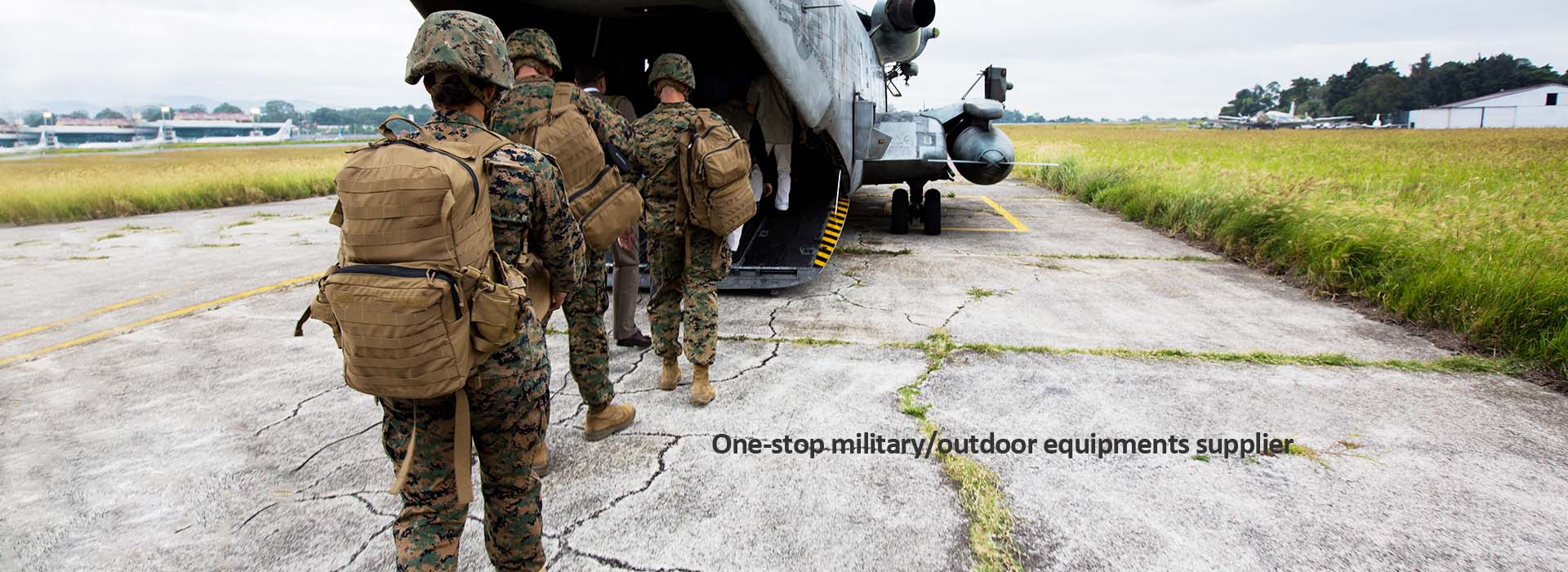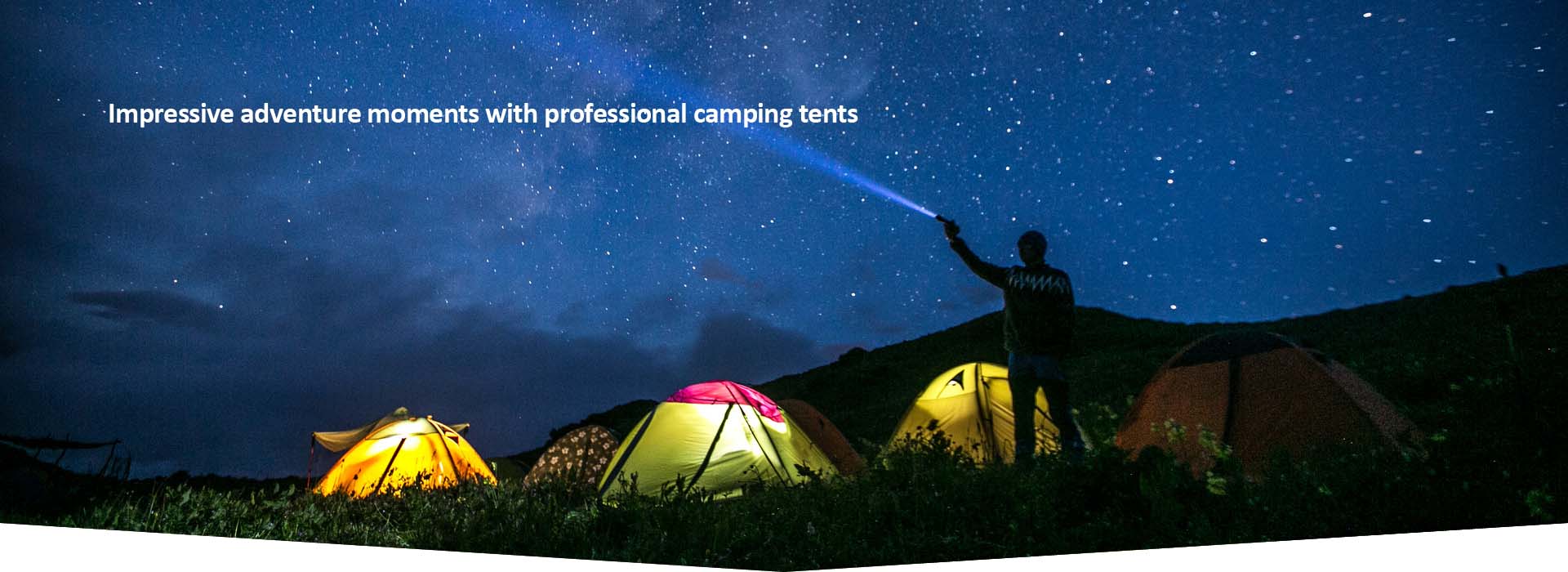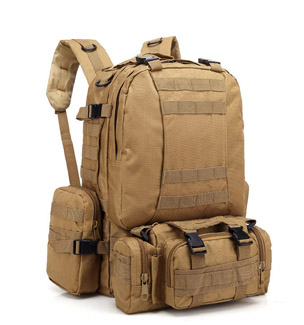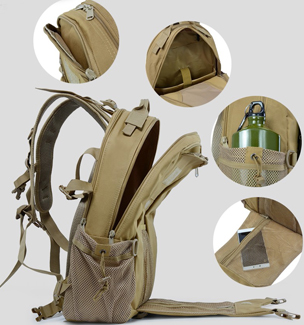How to Choose a Climbing Backpack?
 May. 30, 2022
May. 30, 2022
Gone are the days of heavy canvas and external frame packs with more binding points on the outside than space on the inside. While these hiking backpacks have been used for decades in early climbs around the world, pack technology has been steadily evolving. Today, there are countless lightweight, comfortable, and durable options to choose from when looking for something to haul all your gear into the mountains. Today's packs offer a wide range of sizing options, from basic small/medium/large options to custom sizing via heat moldable waistbands for hips and shoulders.
With all these options, choosing the right pack for the right goal can be challenging. Which pack is too small? Which pack will feel overloaded and uncomfortable with all my gear? What if it doesn't have the technical features I need? Do I still need the technical features? Here are a few factors to consider when deciding on a pack.
Hiking Backpack
Get a pack that fits.
The right pack is critical to the comfort and enjoyment of any outdoor adventure. This is especially true when hiking, where you'll typically be carrying a lot of weight. So. When buying a new backpack, try it on beforehand (there's some weight in it!) and let an expert help you adjust the fit.
Technical features can make your life easier.
Do you plan to carry an ice axe with you? Or ice claws? Maybe skis? Many backpacks don't provide good attachment points for specific mountain gear. So having a backpack with an ice axe attachment point (with a loop or clip at the bottom) can make carrying an ice axe much easier. Likewise, if you plan to carry skis or splitboards, a pack with a ski carry loop (vertical or angled) can have a huge impact on the balance and comfort of the pack. When researching, keep in mind what kind of trip you want to use this backpack for. Primarily mountaineering? Look for packs with ice axe attachments, crampon pockets, and a minimalist design. Primarily backpacking? You may want more external pockets for organization, trekking pole attachments, water bottle pockets, a rain cover, and more.
Outdoor Camping Casual Sports Backpack
Size Matters.
Backpacks range in size from a few liters to over 100 liters. How do you choose the right size? Practice and experience make perfect. As you transition from single-day adventures to weekend, multi-day and months-long expeditions, you'll learn what gear you need for each adventure and how much space it takes up. As a general rule, about 30 liters or less is suitable for summer day trips. About 50 liters or more is good for a weekend. 60-80 liters can be used for multiple days. In general, a 100+ liter pack will be the largest pack you need and can provide you with up to a week of climbing or up to several months of exploring.
However, you don't want to have only 100 liter packs in your inventory because if your trip really requires smaller packs, they can be cumbersome, heavy, awkward and uncomfortable. Remember, going from a three-day trip to a seven-day trip doesn't always mean bringing a much larger backpack. You may pack the exact same gear for both trips, but for the longer version, you'll only need to include extra food and fuel. Finally, practice packing. A well-packed backpack will far outweigh a lazy tossing method. By packing well, you can also carry smaller packs than expected and save some weight.
Versatility is always an option.
You don't always need to buy a new backpack for a new activity. Are you planning on backpacking instead of hiking? That technical pack you bought last year may still work well on a backpacking trip. Again, many backpacks are now designed to work well on different terrain.
For more information about the best climbing backpack of 2022, welcome to contact us.
Previous: How To Stay Warm In A Sleeping Bag?












